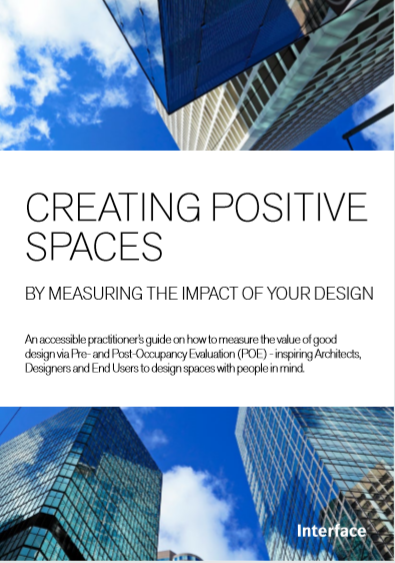Sections
- Services
- Data and insights
- Testing, certification and verification
- Acoustics testing
- Approved certifiers of design Scotland – domestic and non-domestic buildings
- Assessment of indoor environmental quality and ventilation in healthcare buildings
- Concrete and related materials
- Effects of new buildings on TV reception
- Engineering support
- Environmental Product Declaration (EPD) EN 15804
- Environmental Technology Verification
- Fire safety testing
- Heat pump testing
- Indoor environment testing
- ISO 14001
- ISO 45001:2018
- ISO 9001
- Lighting
- Mental Health Product Testing
- Partition wall testing
- Post-tensioning kits
- Pre-cast Reinforced Concrete (Repair Scheme)
- Products for Mental Health Safeguarding (ProMHS)
- Recessed downlights testing
- Reducing potential exposure to nitrous oxide in different settings
- Wind load testing
- Training
- Research & Innovation
- Standards
- Expert witness
Post-occupancy evaluation
Ensuring your buildings perform as they should.
Post-occupancy evaluation (POE) of a building demonstrates how well it is performing in use and how far it is achieving against its intended purpose. POE also highlights any gaps in communication and understanding amongst building managers and occupants that my hinder a building’s operational performance.
In addition, POE supports the design and construction of future new build and refurbishments by providing evidence based lessons learnt from past projects. It also provides benchmarks for comparisons across projects and over time.
Becoming mandatory on many public projects, POE is a valuable tool for all construction sectors, especially healthcare, education, office, commercial and housing where poor building performance will impact on running costs, occupant well-being and business efficiency. With over 20 years’ experience in carrying out POE, BRE offers a variety of post-occupancy evaluation methods that can be tailored to your individual needs, including:
Occupant and client consultation
We investigate:
- occupants’ environmental comfort and control over their environmental conditions
- the building’s impact on productivity and performance, and staff and user retention and motivation
- customer experience and user satisfaction with amenities, image and layout
- the design, procurement, construction and handover processes.
Monitoring of environmental conditions
Environmental monitoring provides definitive physical measurement data on a building’s performance in use, including temperature, noise, light, air quality, ventilation and relative humidity. This allows comparisons of its actual performance to be made with both the original design specification, and relevant health-related and environmental standards.
Auditing sustainability and utilities
We use sustainability and utility audits to measure and demonstrate the environmental performance of buildings in use, to obtain the evidence needed for effective property management and energy efficiency strategies.
For more information
Call us on 0333 321 88 11 if you would like to know more about our post-occupancy evaluation services or to discuss a specific issue – or email [email protected]
How do we know we are designing effective spaces if we don’t measure them?
In collaboration with Interface and Oliver Heath Design, we have published a guide for designers, decisions makers, end users and influencers on how to design and measure environments with people in mind. ‘Creating positive spaces by measuring the impact of your design’ explains how to assess how well your building is performing using pre and post occupancy evaluation (PPOE) including:
- What is a PPOE?
- What are the benefits of PPOE?
- What does the process look like?
- How to get started with PPOE
The guide also incorporates several case studies including the POE of the Building 18 refurbishment at our campus in Watford.


